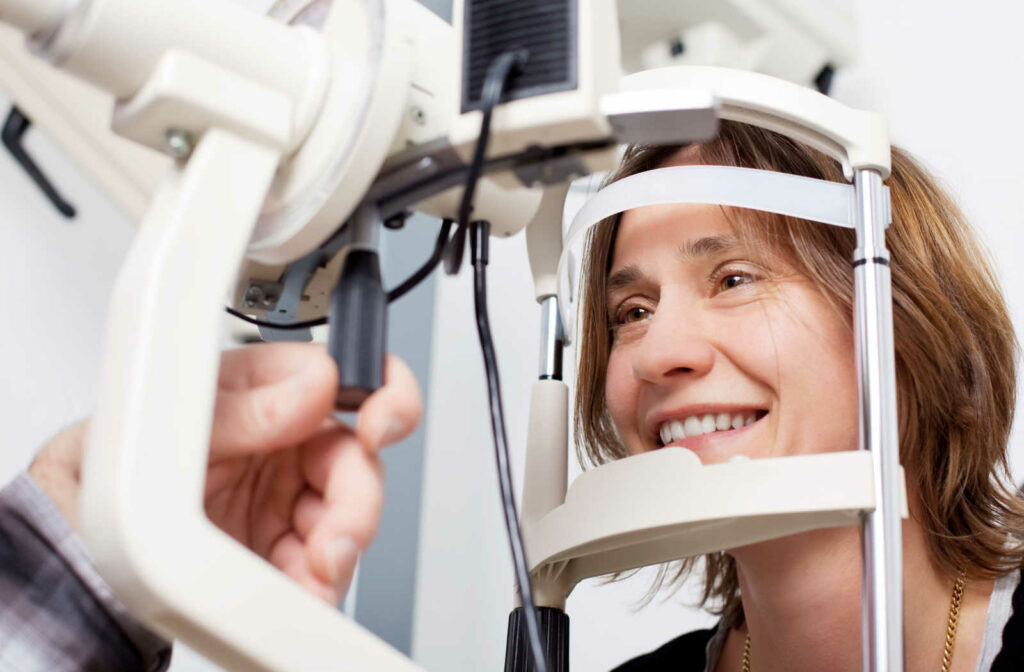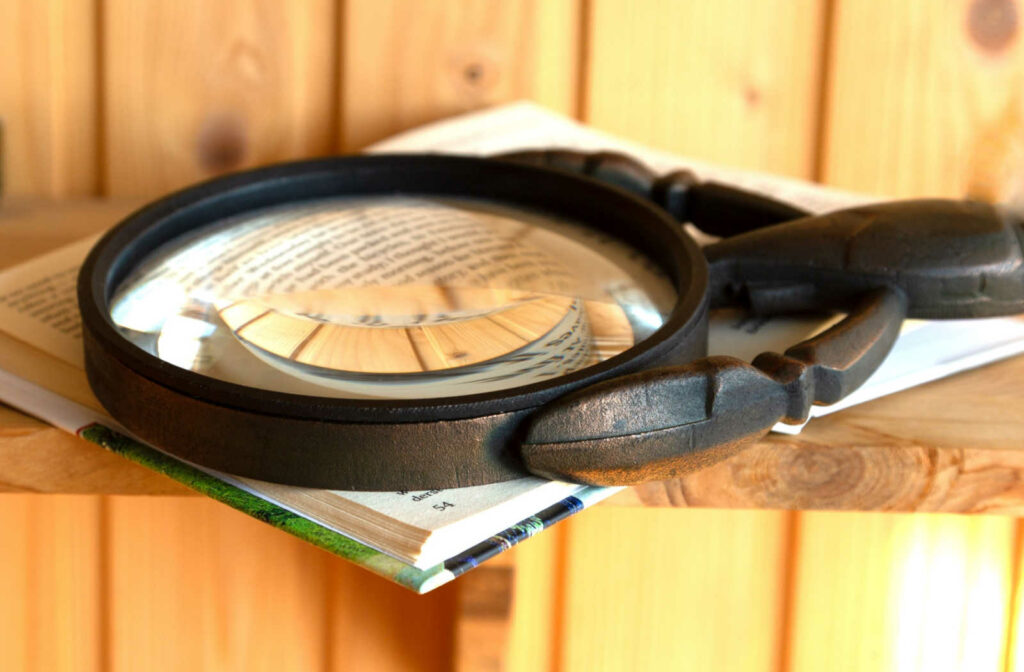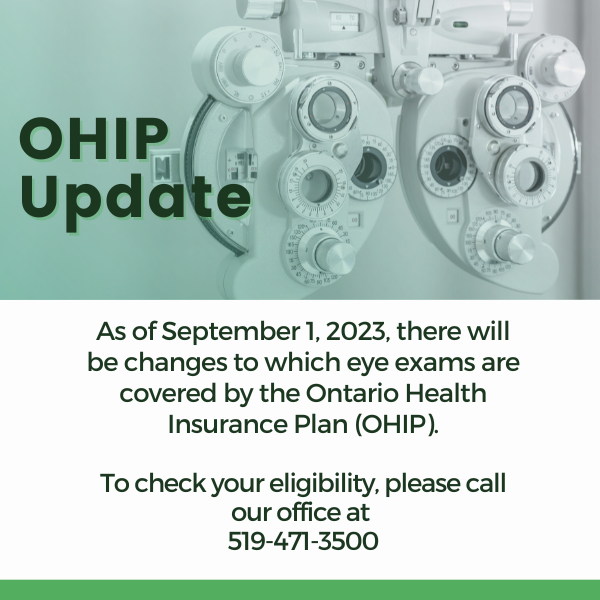Sometimes, accidental eye injuries happen that result in permanent damage. Or perhaps a condition develops that leaves someone with vision problems that eyeglasses or contacts cannot correct.
A person may find it difficult to perform simple daily tasks in situations like this. Fortunately, technology is available nowadays to assist people with low vision. With these aids, most people who couldn’t otherwise, are able to function relatively independently.
In this article we’ll explore what low vision is and how it can affect us. Then, we’ll look at several different low vision aids you can discuss with your eye doctor, who can review your options and help determine which one is right for you.
What Is Low Vision?
There isn’t really a single answer to what constitutes low vision. Generally, anyone with trouble performing daily activities is considered to have low vision. Activities they may struggle with include: reading, driving, differentiating between colours, viewing the TV or computer screen properly, or recognizing people’s faces.
Successful correction (or lack of it) is a significant factor that separates low vision from someone who needs a strong prescription. If someone is diagnosed with low vision, this typically means that traditional correction methods, like glasses, contacts, or surgery, are not adequate.
What Are Low Vision Aids?
A low vision aid is an external technology that enables someone with low vision to successfully complete daily activities that may otherwise be difficult or impossible. We’ll look at several types of low vision aids below. If you think you may benefit from a low vision aid, you can discuss your options with the optometrist.
Types of Low Vision Aids
There are several types of low vision aids that may be beneficial depending on how much vision has diminished; they include:
Optical Aids
Optical aids use magnification to help improve vision. Types of optical aids include handheld magnifying glasses, low vision magnifier, low vision glasses with a special high-powered prescription.
Non-Optical Aids
Non-optical aids don’t use magnification to help improve vision. Some non-optical aids you may use are lamps or glare-proof sunglasses. Large-print books are even considered a low vision aid in many cases.
Electronic Aids
Optical and non-optical aids are typically the least expensive option when dealing with ways to assist low vision. But if budget isn’t an issue, there are some great electronic options to consider. For example, special devices can take an image of something and enlarge it—like a page from a book blown up to see the details.

Choosing the Right Aid
There’s no one-size-fits-all answer to which low vision aid will work best for you—this is a conversation that you should have with your eye doctor. They can consider your exact prescription and vision needs when recommending an aid.
For example, simply increasing your prescription may be enough to correct your vision in some circumstances. Then the eye doctor may recommend a low vision aid for specific situations where normal eyeglasses don’t provide adequate correction.
Common Causes of Low Vision
Low vision is typically a problem with older adults because some of the diseases or conditions that can result in low vision are commonly age-related. Of course, eye injuries can happen that can lead to low vision, but the following are common causes of low vision:
- Cataracts: Typically an age-related condition, cataracts are where the eye’s naturally clear lens becomes cloudy. A cataract can lead to low vision without surgery once the cataract has developed enough.
- Age-related macular degeneration (AMD): Dry and wet AMD are the two types of this disease. Dry AMD is the more common of the two; fortunately, it’s the less dangerous. On the other hand, wet AMD is typically an emergency that can result in partial or complete vision loss if left untreated.
- Glaucoma: Optic nerve damage is the root cause of glaucoma. Typically this is caused by abnormal eye pressure with the exception of normal-tension glaucoma.
- Diabetic retinopathy: Anyone with diabetes (type 1 or 2) can develop diabetic retinopathy, which is another condition that can lead to low vision. The damage this condition can do if left untreated is an excellent reminder of the importance of diabetic eye exams if you’re dealing with the disease.
Talk to Your Eye Doctor About the Options
Good vision can make performing daily activities safe and successful without much extra though. On the other hand, low vision can pose safety risks and make things much more difficult. Fortunately, there are options available that can improve the quality of life for those dealing with low vision.
Give us a call at Byron Optometry. We’re available to answer your questions, and schedule you an appointment.



